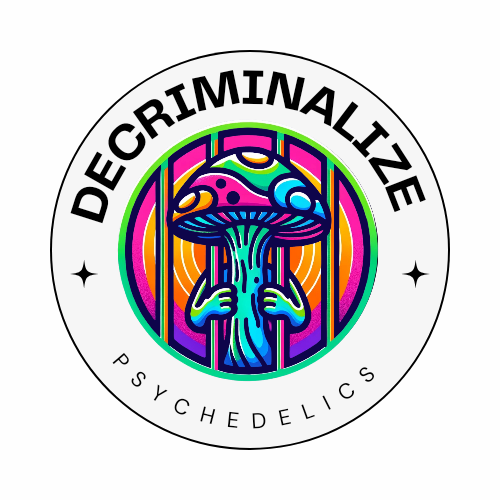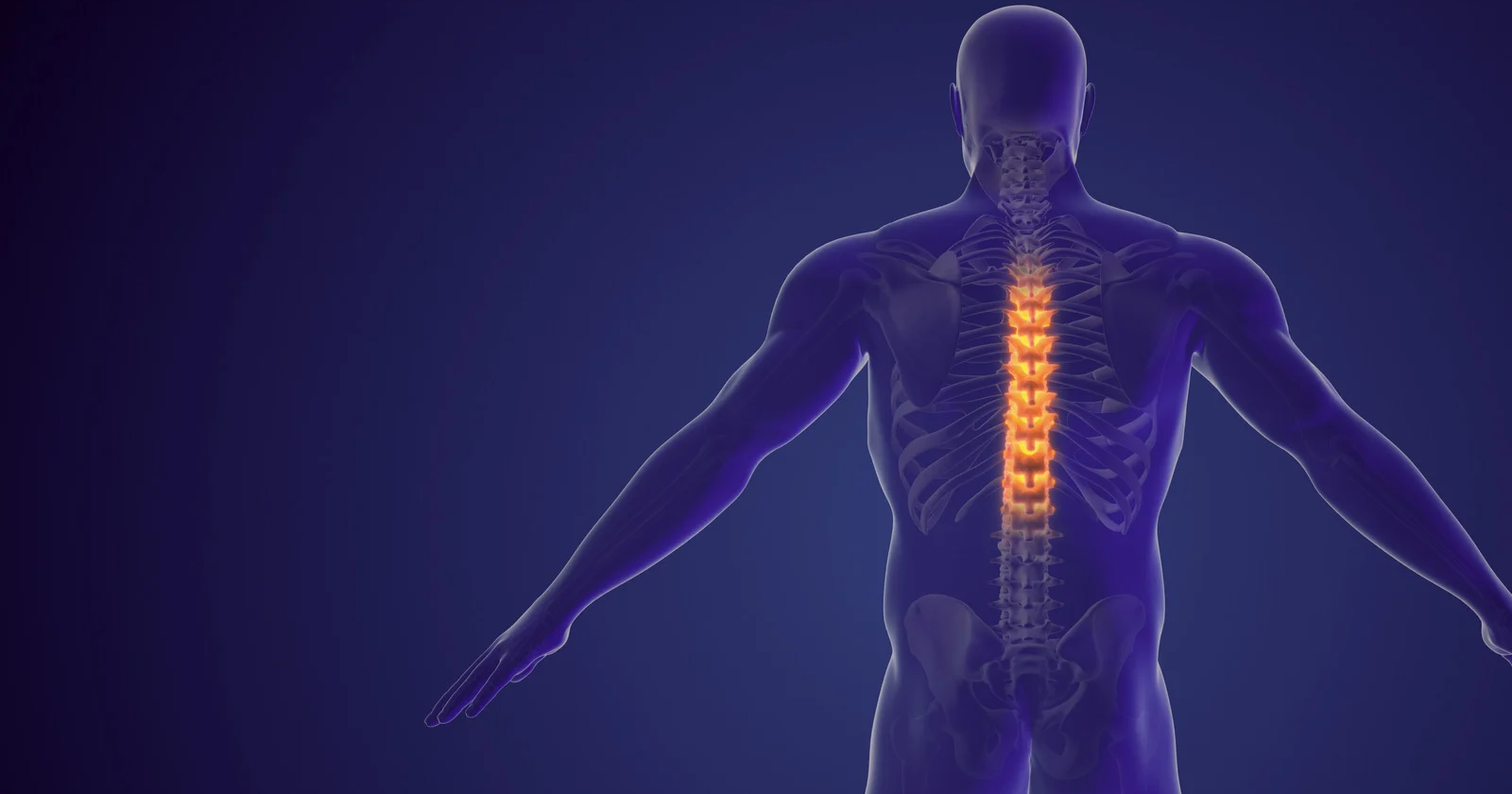You’ve likely heard a few psychedelic myths…
Maybe you’ve heard people suggest LSD resides in your spine forever?
Let’s get straight to it: no, it doesn’t.
This enduring legend, often whispered in hushed tones and shared as fact, has no scientific backing.
The actual duration LSD lingers in your system is far shorter than you might think.
Here, I’ll delve into the origins of this myth and uncovers the truth about how long LSD really stays in your system.
Let’s demystify this together.
Unraveling the LSD Spine Myth
The belief that LSD permanently resides in your spine has been around for decades, often used to deter potential users.
But, this claim lacks solid scientific backing.
LSD, short for Lysergic acid diethylamide, is a powerful psychedelic drug known for its mind-altering effects.
While its impact can be profound and long-lasting, the actual presence of the drug in your system is relatively brief.
To understand why this myth has gained such traction, it’s necessary to delve into the properties of LSD and how it interacts with the human body.
The drug quickly makes its way into your bloodstream after ingestion and is metabolized by the liver within hours.
A small portion may be stored in fat tissue and slowly released over time, but the idea of it seeping into your spine and staying there perpetually is unfounded.
The Truth About LSD in Your System
Breaking down the science of how LSD interacts with your body can help us debunk this myth.
After ingestion, LSD is quickly absorbed into the bloodstream and transported to the brain.
It primarily interacts with serotonin receptors, which are responsible for its hallucinogenic effects.
The liver metabolizes the majority of the substance, and it’s usually eliminated from your system within 24 to 48 hours.
Contrary to the spine myth, LSD does not accumulate in any specific part of your body for extended periods.
The drug is water-soluble, meaning it doesn’t bind to fat cells like some other substances might.
This fact alone deconstructs the notion of LSD embedding itself in your spinal cord indefinitely.
The misbelief might have stemmed from reports of “flashbacks” or Hallucinogen Persisting Perception Disorder (HPPD), where users experience a recurrence of perceptual changes after the drug has left their system.
But guess what? These experiences have no correlation with physical remnants of the drug in your body.
Finally, there’s no scientific evidence to suggest that LSD can be spontaneously released from your spine causing flashbacks.
This myth, while pervasive, just doesn’t hold up under scrutiny.
Origin of the LSD Spine Myth
The origin of the LSD spine myth is shrouded in mystery, much like the drug itself.
It’s often speculated that the notion was born during a time when psychedelic substances were relatively unknown, and fear-based misinformation was rampant.
A likely contributor to the myth’s longevity is the phenomenon known as flashbacks.
Some LSD users have reported re-experiencing elements of their trip weeks or even months after the drug has been metabolized and excreted from their bodies.
This led some to speculate that LSD must be stored somewhere in the body and released at a later date, thus causing these flashback experiences.
The spine was chosen as the likely culprit due to its connection with nerve transmission and sensory perception.
To illustrate, imagine you’ve taken LSD in your youth, and years later, you stretch your back in a particular way and suddenly find yourself experiencing vivid hallucinations.
It’s an unnerving thought, but it’s just not how LSD operates.
These flashback phenomena are more accurately associated with psychological factors rather than lingering LSD in your system.
While we still have much to learn about these experiences, attributing them to spinal LSD storage is a leap too far scientifically.
Understanding LSD Flashbacks
Transitioning from the origins of the myth, let’s delve into LSD flashbacks as they are a key part of understanding why this myth is so prevalent.
So, you might be wondering, if not from LSD lurking in your spine, what causes these flashback experiences?
Well, the phenomenon known as ‘flashbacks’ or Hallucinogen Persisting Perception Disorder (HPPD) is still not fully understood.
What we do know is that these experiences are likely due to changes in brain function caused by LSD, rather than the presence of the drug in your system.
Here are a few important points about HPPD:
- HPPD is characterized by a re-experience of some perceptual sensations that occurred during the actual trip.
- These are typically visual distortions and are often triggered by stress, fatigue or other drugs.
- HPPD can occur weeks, months or even years after LSD use.
- The occurrence of HPPD is unpredictable and varies greatly among individuals.
From a scientific perspective, HPPD is believed to result from changes in neuronal excitability in the brain.
Essentially, it’s all about how your brain processes information, not a reservoir of LSD in your spine.
Addressing the Fear Around LSD Use
We’ve untangled the untruths and shed light on the actual science, but it’s important we address the fear surrounding LSD use.
It’s precisely these types of psychedelic myths that instill unnecessary anxiety and perpetuate misinformation.
LSD, like any substance, has potential risks and effects that can vary greatly among individuals.
While it doesn’t seep into your spine and stay there forever, it does have the potential to cause profound psychological effects.
Some individuals might experience distressing hallucinations or feelings of anxiety and paranoia during their trip.
On the flip side, many users report positive experiences of self-discovery and altered perception that can be enlightening.
But, let’s remember, these are subjective experiences and what might be enlightening for one person could be distressing for another.
I believe it’s essential to approach this topic with an open mind, armed with accurate information. Misconceptions only serve to fuel fear and stigma around LSD use.
Understanding the science behind how LSD interacts with our bodies can help us have more informed discussions about its use.
Shattering Psychedelic Myths
We’ve confronted a common myth about LSD head-on, dismantling the notion that it can somehow embed itself in your spine for eternity.
As we explored, this psychedelic drug, while potent and capable of altering perception, does not behave in the way many fear or have been led to believe.
Understanding the true nature of LSD – how it interacts with our bodies and minds – is vital.
Misinformation can lead to unnecessary fear or misuse. But armed with facts, we can make informed decisions regarding such substances.
While LSD can have profound effects on individuals, it’s essential we remember these experiences are temporary and psychologically driven rather than due to any physical remnants of the drug in our bodies.
By debunking psychedelic myths like this one, we can foster a more responsible and enlightened discourse about psychedelics.









